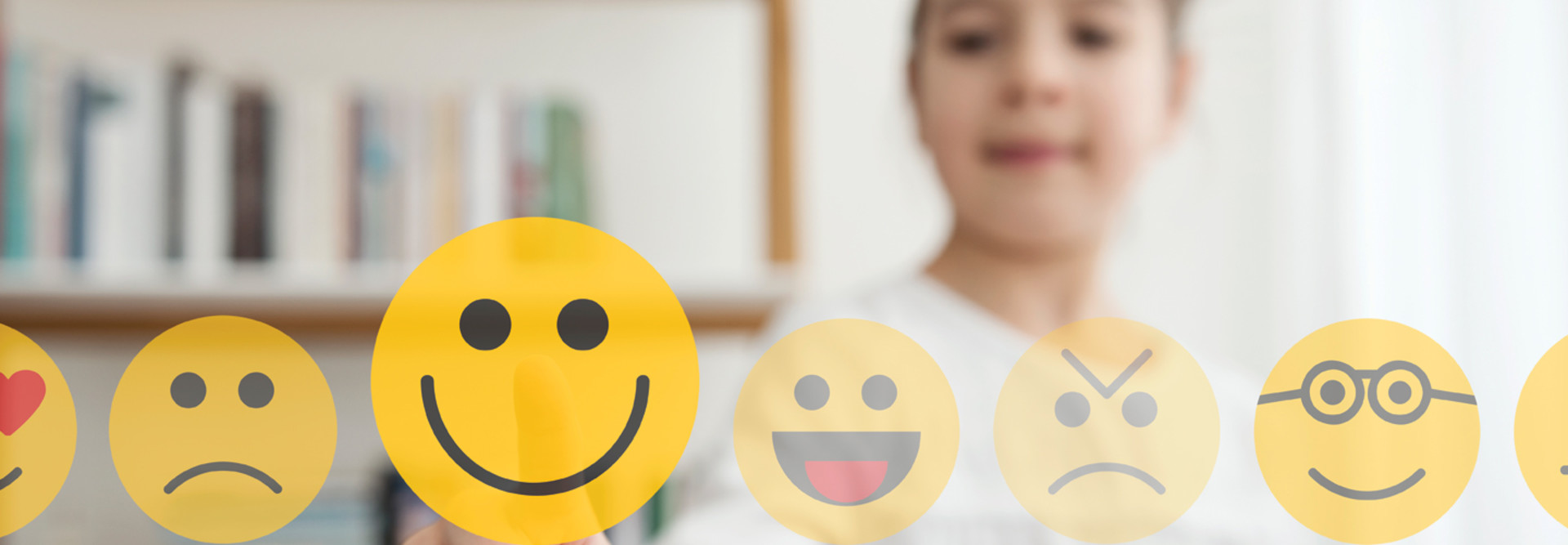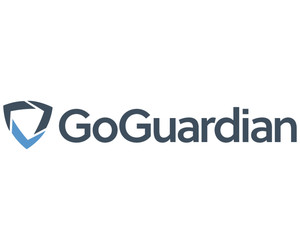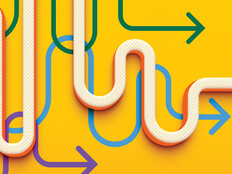EDTECH: What trends are school districts seeing in student mental health?
DORSEY: There’s a growing national crisis in student mental health, with advisories from both the Centers for Disease Control and the surgeon general. The CDC reports that suicide is the second-highest cause of death for children ages 10 to 14, and 20 percent of children ages 13 to 18 live with a mental health condition.
We do know the pandemic affected students. Approximately 37 percent of high school students surveyed by the CDC said they felt their mental health was not good most or all of the time during the pandemic. So, there is a growing concern in this area.
Additionally, many schools are facing shortages of counselors and on-staff mental health professionals. There is a need for additional support to identify students who may be struggling and could benefit from mental health services.
EDTECH: What is GoGuardian’s Beacon, and how does it help keep students safe?
DORSEY: Beacon monitors activity on students’ devices, where they tend to be more open. They’re using their devices to access many types of websites, including ones that provide information on how to commit self-harm, as well as websites offering help and support.
DISCOVER: Data analytics tools show ed tech’s impact on students.
As a component of a school’s overall crisis prevention program, Beacon’s machine-learning model can analyze searches or content in Google Docs, for example, and alert districts when a student’s online activity indicates a risk of suicide or self-harm to help uncover those who may be silently suffering.
Beacon gives schools better visibility into what students are doing on their devices so they can see who is struggling. It alerts districts to students’ behaviors that could pose a risk to themselves or others.
EDTECH: What can K–12 IT leaders do with the insights Beacon provides?
DORSEY: Beacon notifies designated staff members about activity that indicates a risk of suicide, self-harm or possible harm to others. It uses machine learning to predict what level of risk a student may be at, categorizing alerts into one of five phases of suicide risk.
There is expertise to support this: We built the machine learning in consultation with researchers and professionals, including both the American Foundation for Suicide Prevention and the American Association of Suicidology.
Schools can also use GoGuardian’s 24/7 team. Those that do will have a dedicated U.S.-based team of safety support specialists who review “active planning” alerts, the most severe level. If the specialists deem an alert credible, they will begin an escalation, calling out to designated staff members.
Click the banner to discover how educators and IT teams are coming together this school year.













